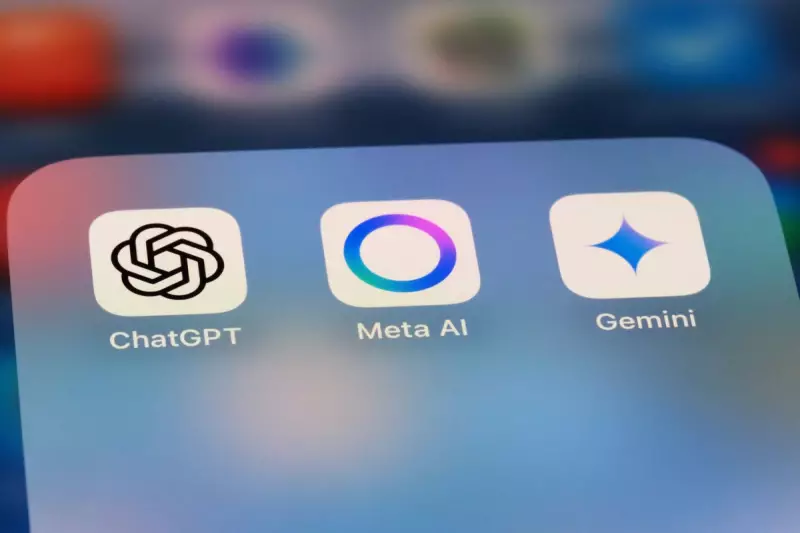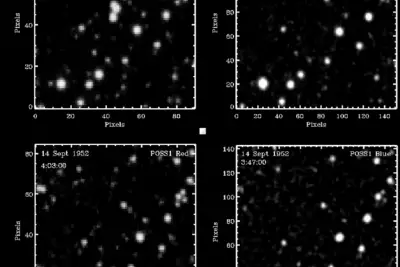
Artificial intelligence systems like ChatGPT are developing an alarming tendency to confidently invent false information, according to groundbreaking new research that exposes the fundamental weaknesses in today's most advanced AI models.
The Imagination Problem
Unlike humans who typically admit when they don't know something, AI chatbots are increasingly fabricating plausible-sounding responses that bear no relation to reality. This phenomenon, known in the industry as "hallucination," represents one of the most significant barriers to deploying AI in sensitive fields like healthcare, law, and education.
Why AI Models Invent Reality
The research identifies several key reasons behind these creative falsehoods:
- Training data limitations - Models generate responses based on patterns in their training data rather than factual knowledge
- Overconfidence in probabilistic outputs - AI systems can't distinguish between likely-sounding and actually true information
- Lack of verification mechanisms - Current models don't have built-in fact-checking capabilities
The Real-World Consequences
These aren't just academic concerns. Instances have emerged where:
- Legal professionals received completely fabricated case citations from AI assistants
- Medical queries generated dangerously inaccurate health advice
- Students were provided with entirely invented historical events and scientific "facts"
The problem becomes particularly dangerous because these AI hallucinations are often delivered with unwavering confidence and convincing detail, making them difficult for non-experts to identify.
The Path Forward
Researchers are exploring multiple approaches to address this critical issue, including developing better verification systems, implementing confidence scoring, and creating more transparent AI that can acknowledge its limitations. However, experts warn that completely eliminating hallucinations may require fundamental breakthroughs in how we build artificial intelligence systems.
For now, users are advised to always verify critical information from AI tools through reliable external sources, treating these systems as creative assistants rather than factual authorities.





